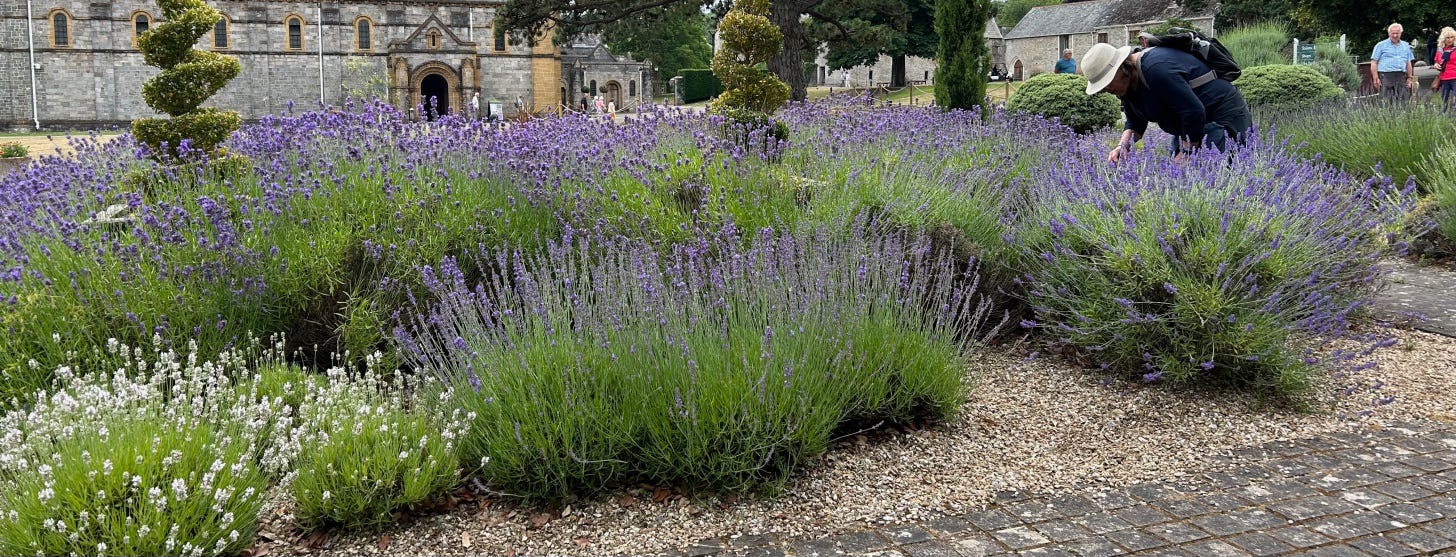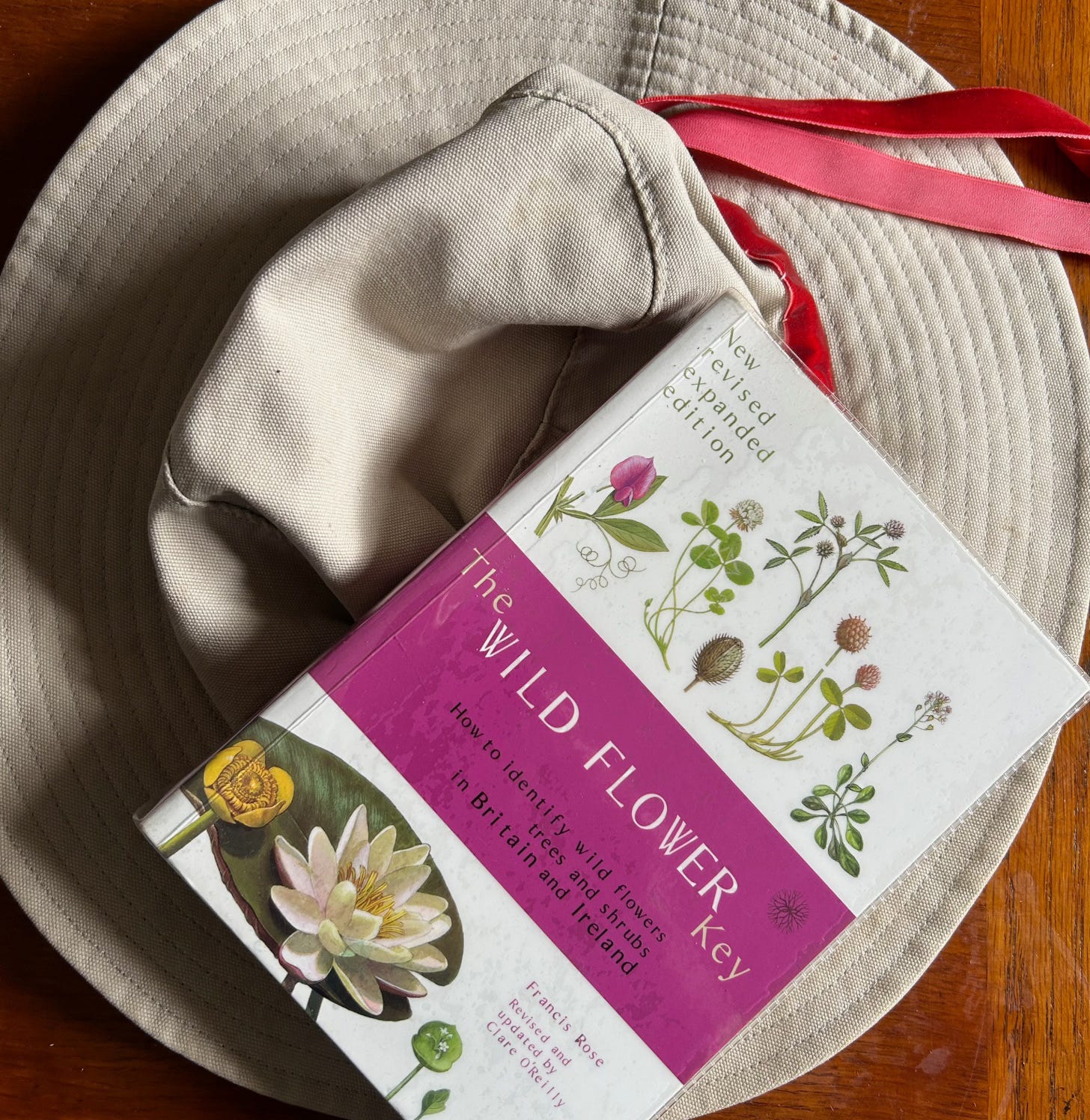Discovering gardens in South West England as a medical herbalist
If you are spending time in Devon, UK, then have a look at some interesting places to visit, see suggestions from a plantaholic perspective!
What species is this and is it medicinal? I am always asking this question. I love visiting any place with a botanical element, whether it be a garden, hedgerow, park or forest. So long as there are plants I will be captivated. My particular interest is trees and shrubs, both native (I'm in the UK) and introduced. As a herbal practitioner, I am very plant-focused and want to suss out the medicinal possibilities of every single species! A few years back I started to record my garden visits for a series of blog posts 'Discovering ....'. Some of these posts appeared on the website of the Medicinal Forest Garden Trust before I moved the newsletter to Substack. So I am revisiting some favourite posts here.
In my book, Trees And Shrubs That Heal: Reconnecting With The Medicinal Forest (2023), I explored the question of what is a medicinal forest? I came to the conclusion that the possibility of reaching a pristine wilderness was unlikely to be realistic for most of us. Instead, there are many botanical resources available much closer to home giving us an alternative medicinal forest. These include gardens, parks and woodlands with native and introduced species that can be sustainably managed. To help reconnect with this modern medicinal forest I argued for better plant identification skills.
Visiting gardens is a great way to develop plant identification skills. There is usually always plenty to see and get close to, and some places have helpful labelling of plants. I love to challenge my plant identification skills. But I find labelling is so very useful for getting to know some species such as conifers and ornamental trees. I often carry a copy of 'The Wild Flower Key' by Francis Rose, which is almost a bit big for a pocket but fits readily in a bag. Copies of The wild flower key: How to identify wild plants, trees and shrubs in Britain and Ireland (Revised ed., 2006, London: Frederick Warne) can still be found second-hand. This excellent botanical guide includes many European wildflowers with a few trees and shrubs as well as some likely novel species. The species are listed according to plant family which reinforces recognition of related plants. I try to remember to carry this handy flora for plant ID wherever I go, while walking in meadows and woodlands, and along hedgerows and beaches. I have yet to find a guide that helps with ornamental plants - perhaps there are just too many varieties. Alternatively, as a last resort, there are mobile phone plant apps such as Leafsnap that can suggest an unfamiliar species when stuck.
If you are visiting Devon and have some time to spare then here are four suggestions for sites to visit, with links to my previous blog posts offering a bit more detail:
Bicton Botanical Gardens in East Devon
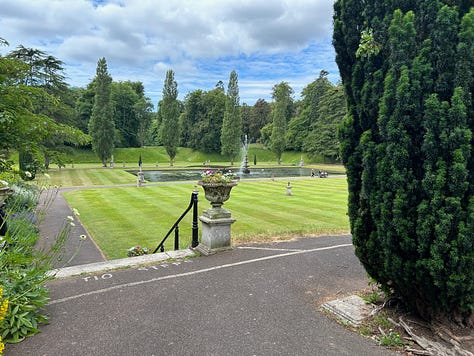
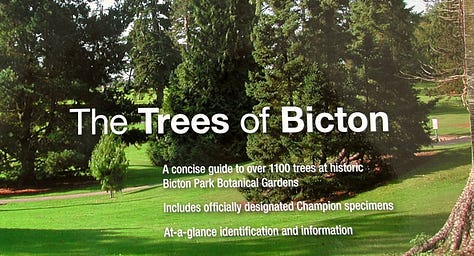
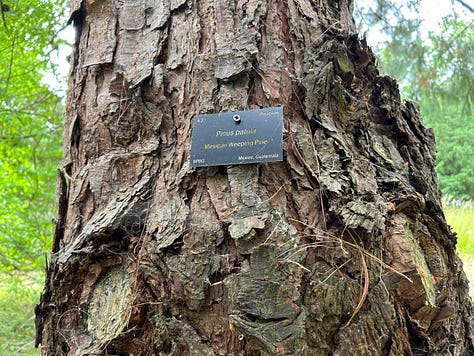
An absolute favourite, the Bicton Botanical Gardens is a very large site with the best labelling of trees anywhere I have been. With a massive conifer collection, and plenty of plants from the Americas and Europe, you can easily spend a whole day here! There is wheelchair access, lots for kids to do as well. Read more ...
Sandford Herb and Forest Garden in Mid Devon

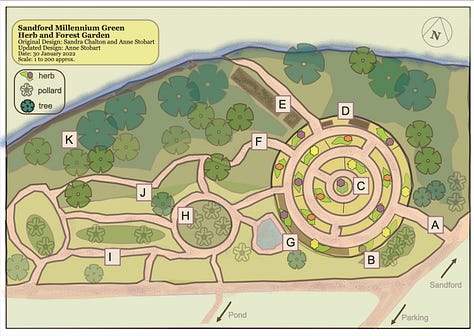
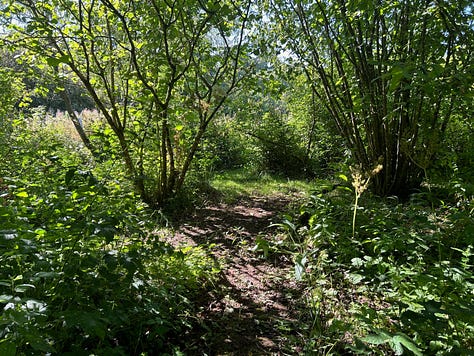
The Herb and Forest Garden is part of the larger Sandford Community Millennium Green with pond, orchard, picnic tables, and more. The circular herb garden offers a tranquil space to sit, while the forest garden has many hidden gems of medicinal plant species. I have a particular interest as a weekly volunteer helping to maintain order. Read more ...
Buckfast Abbey Gardens in South Devon
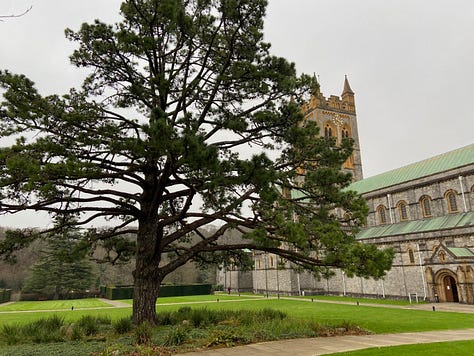
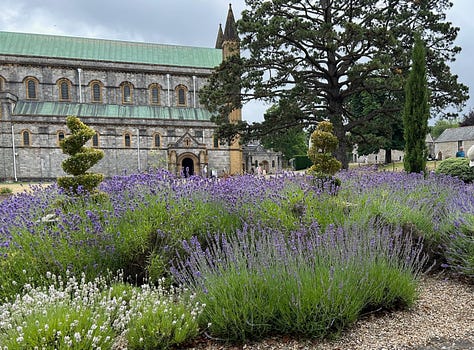
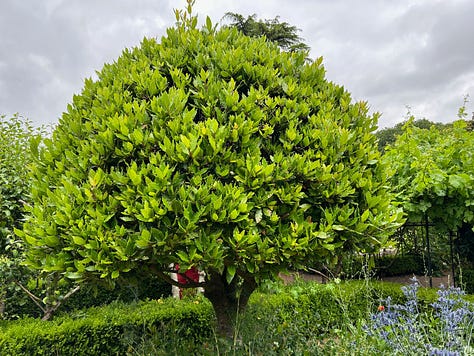
Such a well-ordered place, as you might expect from a living religious community, Buckfast Abbey is home to beautifully managed gardens including an extensive lavender collection. And a rather wonderful restaurant and abbey to visit too. Read more ...
The Arboretum at Newton St Cyres near Exeter
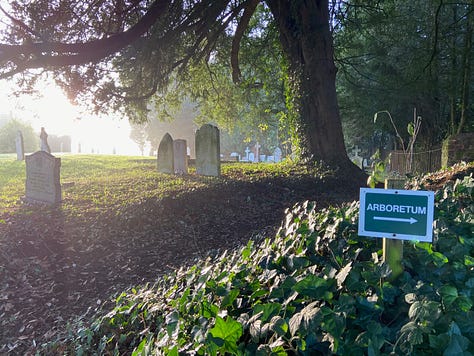
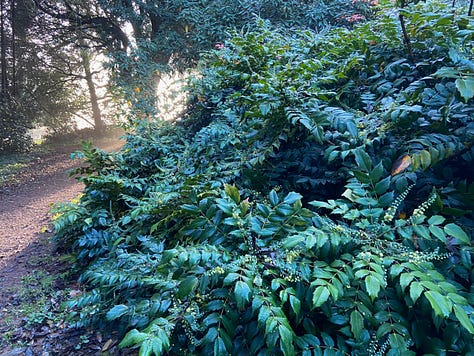
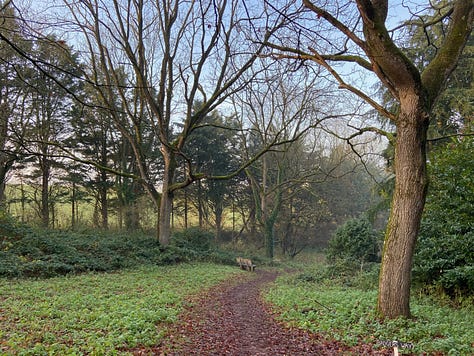
This is a small arboretum which is being carefully renovated, it was originally planted by the Quicke family with a wide range of introduced Asian and North American species. Read more ...
So many places in Devon…
Of course, the above suggestions are highly selective - there are many more places to visit in Devon! These include fabulous National Trust coastal locations and stately homes. And there are some special places to look out for which may have occasional public access, offering open days and tours, such as the Agroforestry Research Trust. It is worth checking their website for details of events in August onwards including tours of the Forest Garden at Dartington.
So, there are wonderful trees and shrubs that offer healing potential all around us. There is no need to miss out on the 'medicinal forest', because there are many botanical resources closer than you think. In many of the gardens I have visited the incredible mix of native and introduced species adds biodiversity and resilience from a permaculture perspective. There is much else to learn from including infinite variations in layout. With a permaculture perspective of sustainable design it is worth looking for interesting examples of plant and people management from layered borders and path arrangements. Perhaps I should stop going on about the learning opportunities here, I hope you can just visit and enjoy them! Here is a short clip of Buckfast Abbey lavender to enjoy too!
Discovering gardens from the Canary Islands to Iceland
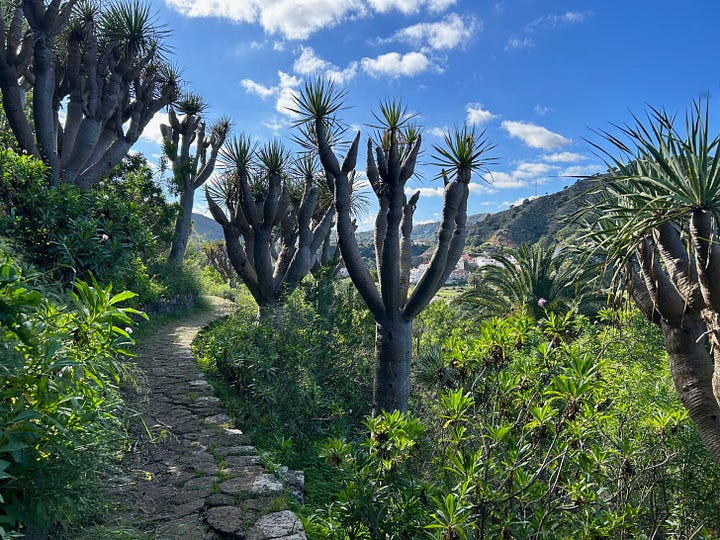
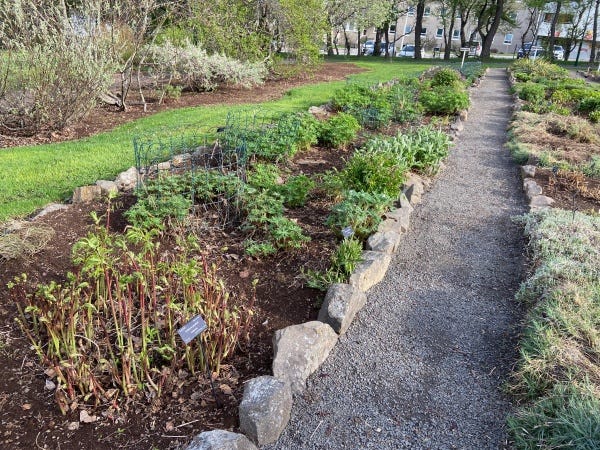
You can find more 'Discovering ...' posts as they are added to this Medicinal Tree Woman newsletter. You can explore some of my visits further afield in these previous posts, from botanical gardens in the Canary Islands to the gardens at Akureyi in the north of Iceland.





